My chosen scene from Bladerunner (1982, Ridley Scott)is very near the end. It is the scene where the replicant “Pris” is killed by Bladerunner “Deckard” In this scene many elements of Mise-En-Scene are used to create a very fitting effect for the scene. These elements include:
Light, sound, set design, character position and costume/makeup.
For example, in this scene there is a high contrast between light and dark, it is currently night-time and so it is very dark inside the building however there are random spotlights floating around. This contrast of light represents the contrast between good and evil. Pris and the other replicants being the ever-present darkness and Deckard being the light. This sets a mood for the audience and lets them who has power in each scene. At the start of the attack Pris seems to be in control, she has Deckard in a head lock and is inflicting a lot of pain. At this moment in time it is very dark constantly. However, soon after, Deckard shoots Pris. Now it can be seen that Deckard is in control and therefore there is a lot of flashing lights, the more he shoots her, the more the light flashes and the faster it flashes implying light overcoming darkness and Pris Dying.
Additionally sound is used to affect the audience. At the beginning of the fight there is quiet eerie music playing, This is signifying danger, later on in the scene when Pris is somersaulting over to Deckard she lets out a war cry-like shout. This then implies to the audience that there is more danger and this is proved correct when she manages to put him in a headlock and hit him. Finally, towards the end of the scene when Pris is being shot the is a huge amount of ambient noise as well as her screaming which then stops stops when she dies indicating that there is no more danger.
Not only that, but set design is a factor in Mise-En-Scene. This final scene uses an abandoned dusty building, This creates an effect of unpredictability on the audience as it is out of the ordinary and so anything could happen. Additionally the mannequins used at the start of the scene also create an extremely eerie effect on the audience as if there are many different people there and many possible enemies. Additionally the large amount of mannequins gives the audience something to look at and focus on since nothing much is happening, however later on in the scene the background is very plain and dark and we only get to see a few bits of detail on the all and floor. This is used to focus the audience’s attention on the fight going on and not the background.
Furthermore, we have character placement. Throughout the whole scene the actor; Ford, is the centre of attention however the character; Deckard is actually continuously being consumed by the darkness. This creates a sense of confinement and makes the audience feel uncomfortable as the actors actual position and the characters emotional superiority/ inferiority do not match up. For example while the actor is in main focus in each scene the character is constantly being beaten by the physically inferior character because of the emotional superiority she has over him. This also links to there being more darkness than light as mentioned before and how the Deckard must use his character’s emotional inferiority along with his actor’s physical superiority to overcome the ever present darkness. Only when Deckard shoots Pris do we suddenly see her in main focus, this also creates sense of discomfort because, although she is finally in main focus she has lost the superiority she had over Deckard and now has lost.
Finally the element of costume design really helps to create an effective scene because it accentuates the characters feelings and intentions. For example: Pris has very pale white skin with black and white makeup and a skin coloured costume. First of all this accentuates her black and white feelings. She is a replicant who is supposed to not have feelings, she is only supposed to have two feelings, life and death – light and dark. On the contrary Deckard’s suit is composed of many warm colours and his skin is full of red, this exaggerates his human nature and the complications and accumulation of colourful feelings he has. Secondly, the pale skin could represent the fact that Pris is going to die soon and therefore she does not have a healthy body or skin tone/texture. This juxtaposes with Deckard’s skin tone which as i said before is much more colourful and full of life representing the fact that as he is not a replicant with a short lifespan, he still has a long time to live theoretically and therefore looks healthier. In short Deckard is has a complicated and colourful costume where Pris doesn’t and this is because of Deckard’s healthy body and human nature (having all these feelings).



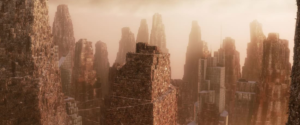
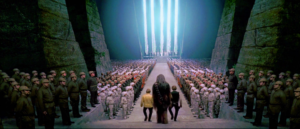
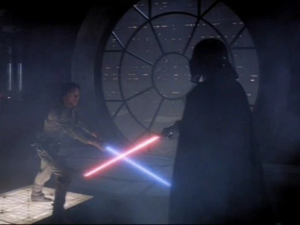
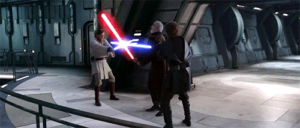
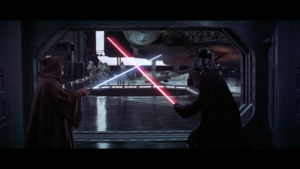 especially imperative in regards to the genre of the film being Sci-Fi and being made in the 1970s.
especially imperative in regards to the genre of the film being Sci-Fi and being made in the 1970s.